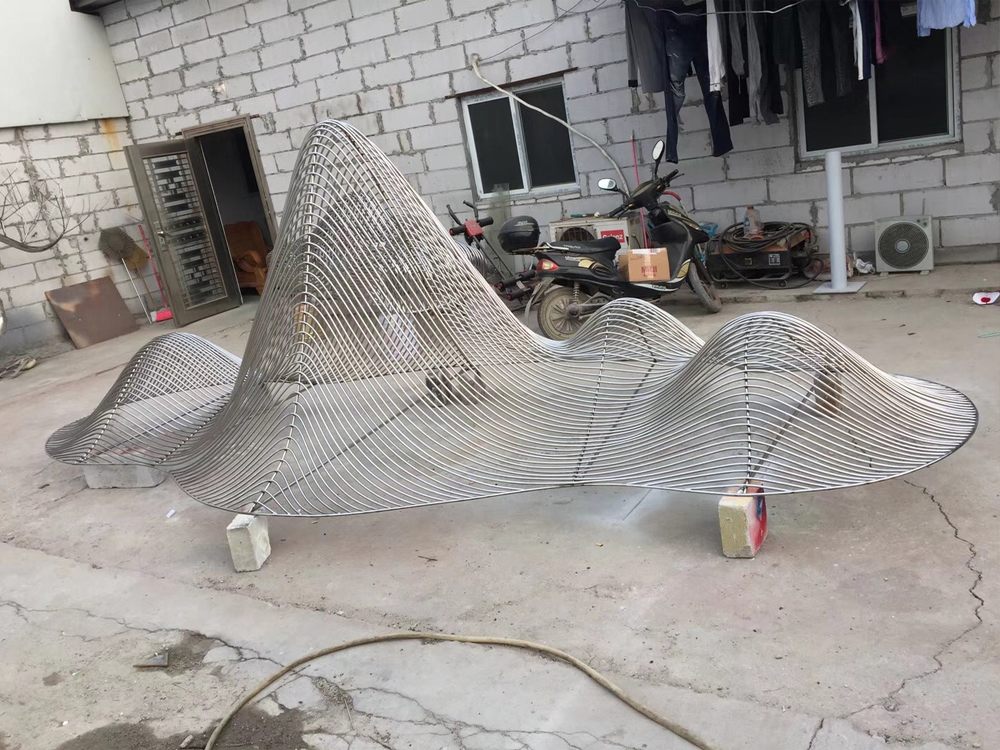
When it comes to sculptural carving, the approach varies significantly between temporary exhibits and permanent displays. Temporary exhibits often prioritize lightweight materials like foam, resin, or soft woods that are easier to transport and assemble. These carvings may incorporate more experimental techniques since they don't need to withstand decades of wear.
Permanent displays demand durable materials like hardwoods, stone, or metals that can endure environmental factors and constant viewing. The carving techniques for permanent pieces focus on structural integrity, with deeper undercuts and more substantial joins. Finishes are typically more protective, using varnishes or sealants that resist fading and damage.
Design considerations also differ markedly. Temporary exhibit carvings might be more conceptual or interactive, designed for short-term impact. Permanent installations require timeless aesthetics and often incorporate symbolic elements meant to resonate across generations. The scale of permanent carvings is frequently larger, as they become landmarks rather than transient art pieces.
Budget allocations reveal another distinction. Temporary exhibits may allocate more resources to innovative presentation methods like lighting or multimedia integration, while permanent displays invest heavily in material quality and conservation planning. Understanding these differences helps artists and curators make informed decisions about technique, material selection, and overall design approach.

